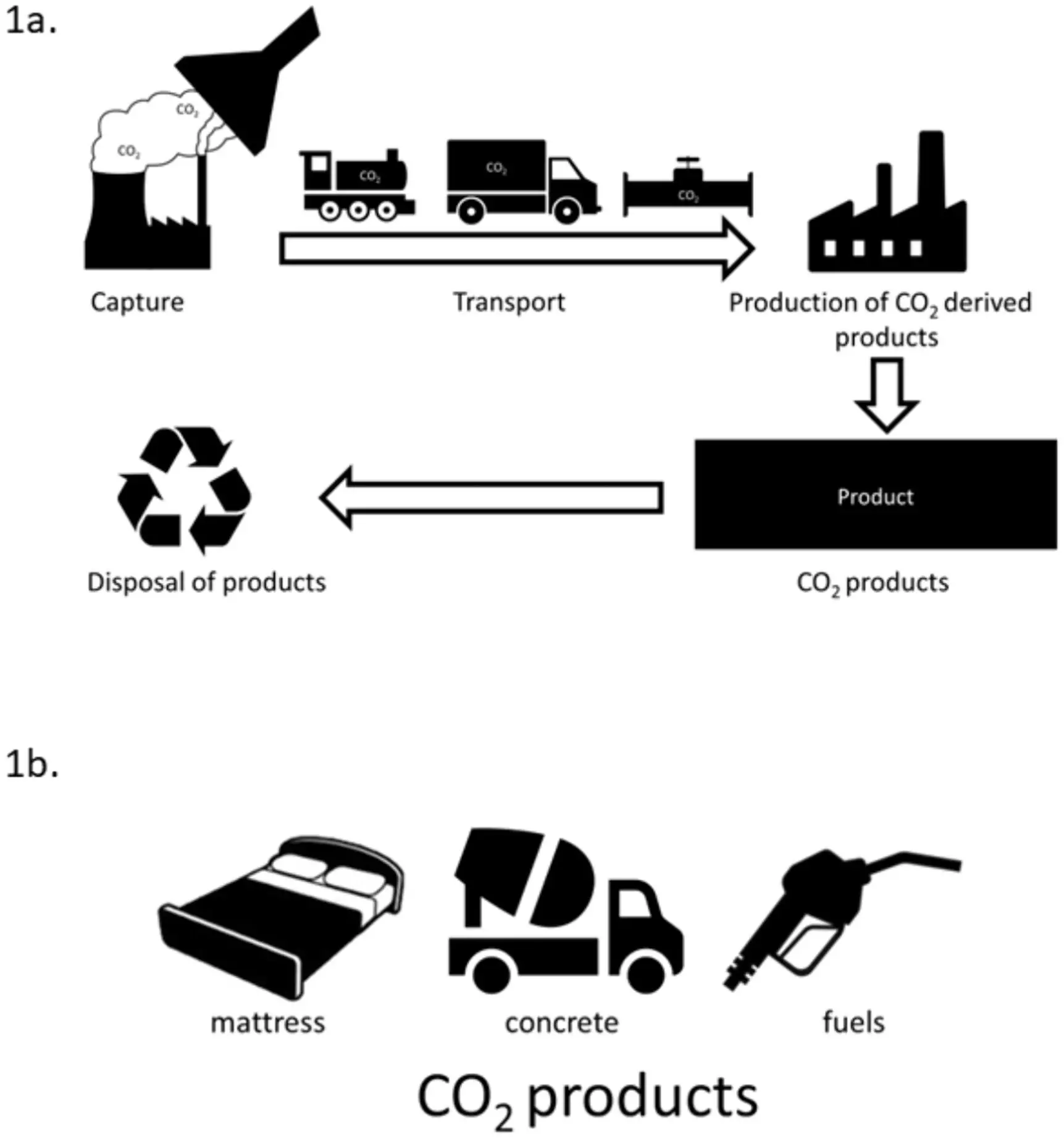As the world grapples with the escalating crisis of climate change, innovative technologies and strategic policies are critical to curtailing greenhouse gas emissions. Among these, Carbon Capture and Utilization (CCU) stands out for its dual promise of reducing carbon dioxide in the atmosphere while simultaneously creating commercial products. Yet the acceptance of such technologies hinges not only on their technical efficacy but also on public approval. Recent research, spearheaded by a team at the University of Michigan, highlights the intricate ways in which public perception of CCU varies based on diverse factors.
The study, titled “Public Perception of Carbon Capture and Utilization,” delves into the dynamics of how different dimensions of CCU technology resonate with the public. It assesses general support for CCU and breaks this down into specific areas: the overall acceptance of CCU, willingness to support local facility development, and approval of the products generated through these processes.
Interestingly, while the research found a generally favorable outlook towards CCU, a nuanced landscape emerged. The public’s enthusiasm dampens when considering local implementation—indicating that while many endorse the concept of CCU, they exhibit hesitance toward having such facilities sited in their communities, suggesting a classic NIMBY (Not In My Backyard) sentiment. This discrepancy illustrates the complexity involved in public approval, demonstrating that abstract support does not always translate to localized acceptance.
Moreover, the study reveals that many Americans perceive CCU primarily through an economic lens, attributing more potential to it as an economic driver rather than a genuine solution for health improvement or climate mitigation. This economic optimism is pivotal because it hints at the population’s preference for immediate, tangible benefits over broader ecological considerations. However, concerns around land use changes and the possibility of carbon leakage have been significant point of contention among participants. These factors merit attention as they bear substantial influence on the technology’s implementation.
The researchers also explored how demographic variations, notably race and gender, affect perceptions of CCU. The findings indicate that racial minorities, due to their historical context and experience with environmental degradation, express more apprehension towards local environmental risks associated with CCU than white respondents. This gap underscores the importance of incorporating varied community perspectives into climate-related decision-making—one that recognizes the disproportionately adverse impacts of environmental changes on marginalized communities.
Furthermore, the research highlights a gender divide wherein men exhibited greater support for CCU initiatives than women, often accompanied by a more optimistic view of its benefits. Understanding these divisive perspectives can provide critical insights for policymakers and stakeholder groups striving for increased acceptance of CCU technology.
The overarching message from the study is clear: engaging diverse community voices in discussions surrounding CCU technology is essential. By fostering an inclusive dialogue, stakeholders can address community concerns, making sure that environmental trade-offs are transparently discussed. The study urges integrating these diverse perspectives into policy-making processes to ensure equitable implementation of CCU systems.
In a broader context, the United States’ struggle to mitigate emissions compared to its European counterparts emphasizes a pressing need for comprehensive strategies that resonate with the public. The study reveals that a significant portion of Americans remain disengaged or polarized on climate issues, undermining potential immediate actions to address climate change effectively. This apathy toward climate action further complicates the landscape for emerging technologies like CCU.
Therefore, developing effective climate strategies requires not only robust technologies but also an informed and engaged public. The findings of this research serve as an impetus for creating awareness and fostering engagement in climate change discourse. Engaging the public in meaningful conversations about CCU can help galvanize support and galvanize action on this pivotal issue, ultimately steering collaborative efforts to combat climate change.
In summation, the journey towards a more sustainable future requires not only innovative technologies like CCU but also an understanding and appreciation of the complex interplay between public perception and climate policy.

